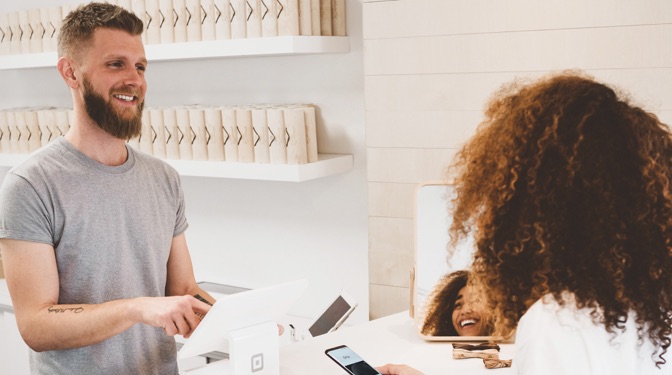However, convenience has quickly become the new shopping standard – in what is now a much tighter market. According to a 2019 report from eMarketer, there are more than 400 unique DTC companies (and growing). What was once a differentiator is now the status quo, leaving DTCs to figure out new ways to increase revenue and maintain loyalty while standing out from the crowd. For some, brick and mortar has been a pivot point, with brands like Fabletics, Away and Warby Parker opening experience-focused physical locations and providing new ways for customers to shop.
“The space itself is becoming increasingly competitive,” Scott Clarke, vice president, consumer products industry lead, said. “So whether you're a retailer or CPG company, you're finding new, innovative ways to create differentiation in what's becoming an increasingly complex and uncertain marketplace with a lot of new entrants as well.”
In this changing landscape, retailers and CPG companies with an already established physical presence have new opportunities to revitalize the in-store experience, combining online and offline channels in the form of unique partnerships, activations, and integration with DTC or subscription models. With differentiation as a driver, CPG brands and retailers are staying competitive by shifting focus on staying top-of-mind across the entire customer journey, experimenting with new ways to engage customers with a personal touch.
“More CPG companies are looking at how they differentiate themselves inside physical stores regardless of whether or not they're investing in direct-to-consumer,” Clarke said. “Retailers are looking for new opportunities to differentiate the way in which they position and curate products within their physical space in order to be able to create a more compelling value proposition to the consumer.”













